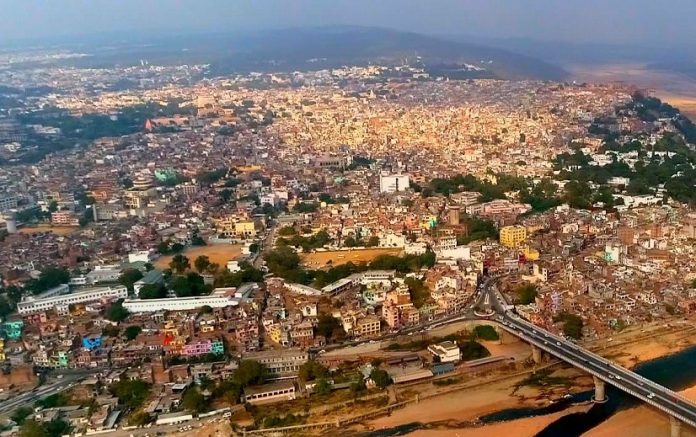The Government’s decision to revise the Jammu Master Plan-2032 is timely and essential, given the region’s accelerated pace of urbanisation and economic growth. Spanning over an expansive 777.84 square kilometres, the revised plan will encompass areas across both Jammu and Samba districts. This initiative highlights the need for foresight and meticulous planning to ensure that urban growth is sustainable and inclusive, allowing Jammu to thrive as a modern urban centre without losing sight of its rural and natural landscapes. Urbanisation is a double-edged sword. On the one hand, it promises increased economic opportunities, better infrastructure, and improved living standards. On the other hand, without proper planning, it can lead to environmental degradation, overstressed infrastructure, and social disparities.
The Jammu region, with its burgeoning population and expanding economic activities, has already begun to feel the effects of these challenges. Many villages in both Jammu and Samba districts have already been absorbed into the sprawling urban landscape, losing their rural character and taking on a more urban form. By 2032, it is projected that many of these villages will fully transform into urban areas, necessitating the provision of urban amenities and infrastructure to support the growing population. This transformation poses both challenges and opportunities. Expanding the master plan’s coverage from 305 to 777.84 square kilometres is a forward-looking move that acknowledges this inevitable expansion. Incorporating 351 villages-262 from Jammu and 89 from Samba-into the urban planning process is prudent and essential for creating a cohesive and well-integrated urban environment. It ensures that these areas will not be left behind as the urban core grows, but instead will be developed with the necessary infrastructure, from health and education facilities to transportation and sanitation networks.
Despite the push for urbanisation, the revised master plan wisely recognises the importance of preserving the rural character of many of the settlements that will be incorporated into the plan. The idea of developing these villages as self-sustaining entities with strong linkages to the central city is a progressive step towards balanced regional development. By doing so, the Government can help avoid the pitfalls of unchecked urban sprawl, which often leads to the destruction of agricultural lands and the marginalisation of rural communities. The document’s emphasis on land pooling and the proposed conversion of agricultural land for residential, commercial, and public service purposes speaks to the careful consideration of land use that will be required. This process must be managed with transparency and fairness.
In addition to addressing population growth and infrastructure needs, the revised master plan places a strong emphasis on industrial development. With 14.38 square kilometres designated for industrial use, the Government is aiming to position Jammu as a hub for investment and economic diversification. The proposed creation of Special Economic Zones and Special Investment Zones is a crucial part of this strategy, providing the necessary infrastructure and incentives to attract both domestic and international investors. By establishing new industrial estates in areas such as Badwal and Sarore, the Government hopes to strengthen the region’s economic base while reducing dependency on traditional sectors. However, industrialisation must be managed in an environmentally sustainable manner. The region’s natural resources and ecological balance must be preserved to avoid the negative consequences of industrial pollution and overexploitation of natural resources. The Government must ensure that stringent environmental regulations are put in place and enforced, ensuring that industrial development does not come at the cost of the region’s natural beauty and ecological stability.
The Government’s decision to solicit public suggestions and objections prior to finalizing the plan is commendable, as it guarantees the inclusion and consideration of the region’s residents’ voices in the decision-making process. On ground workout is crucial. The success of this plan will depend on effective implementation and regular monitoring to ensure that the proposed developments are realised in a way that benefits all sections of society.


